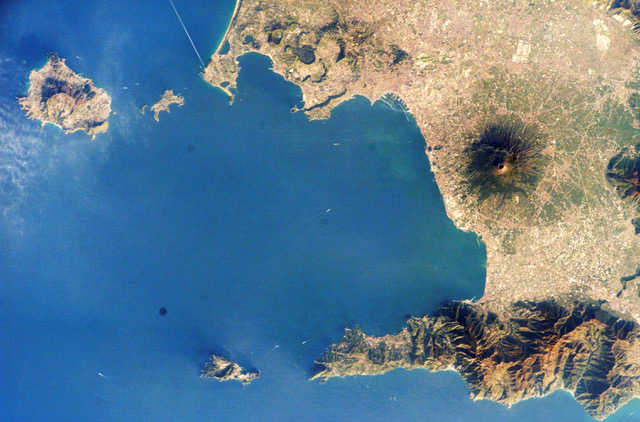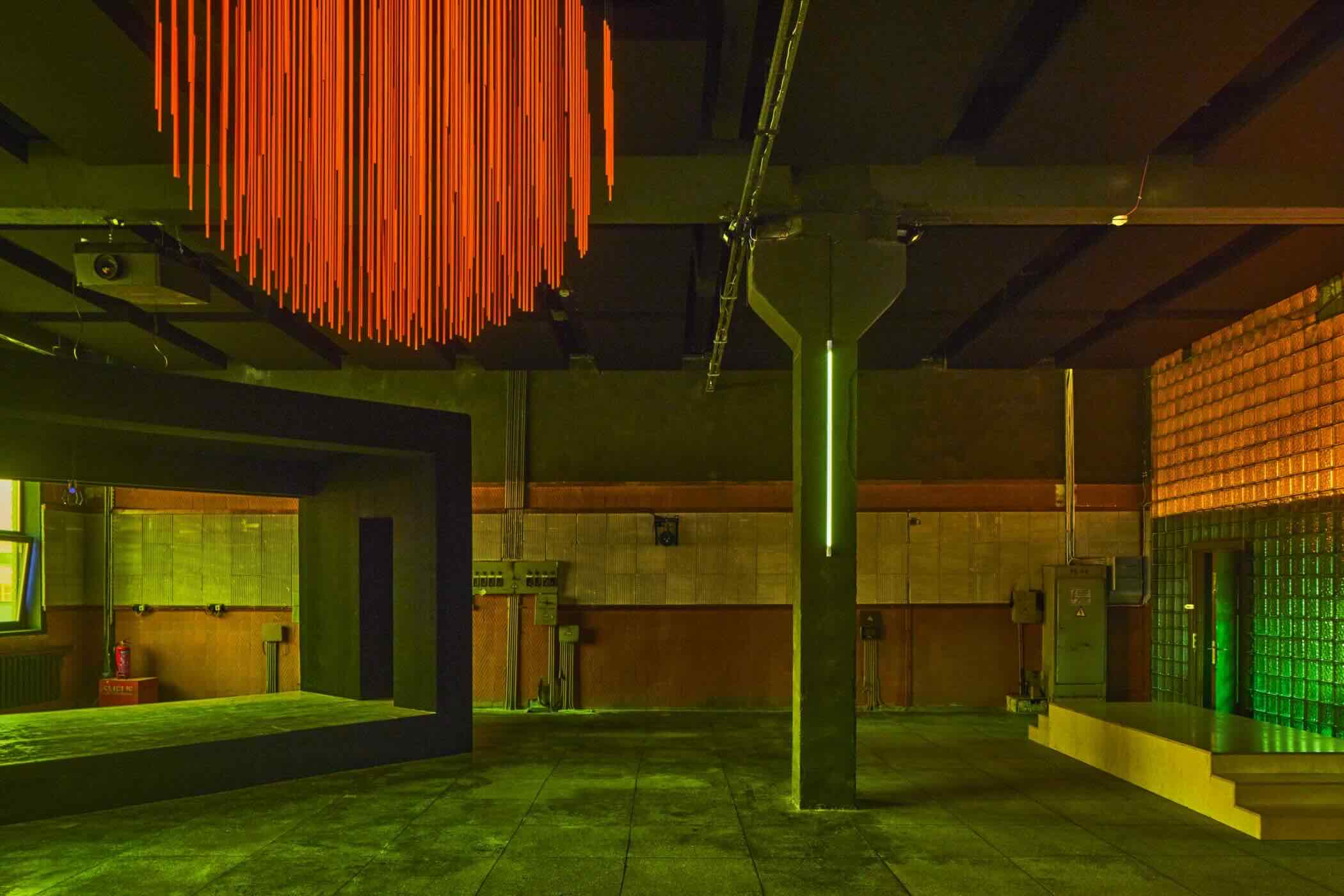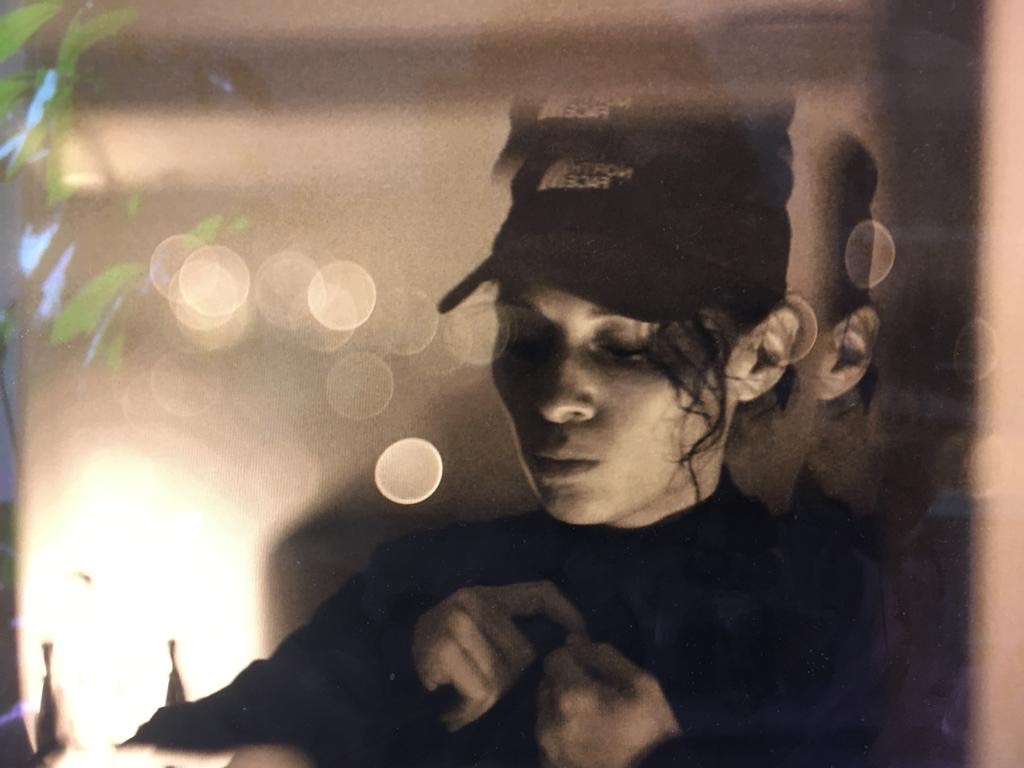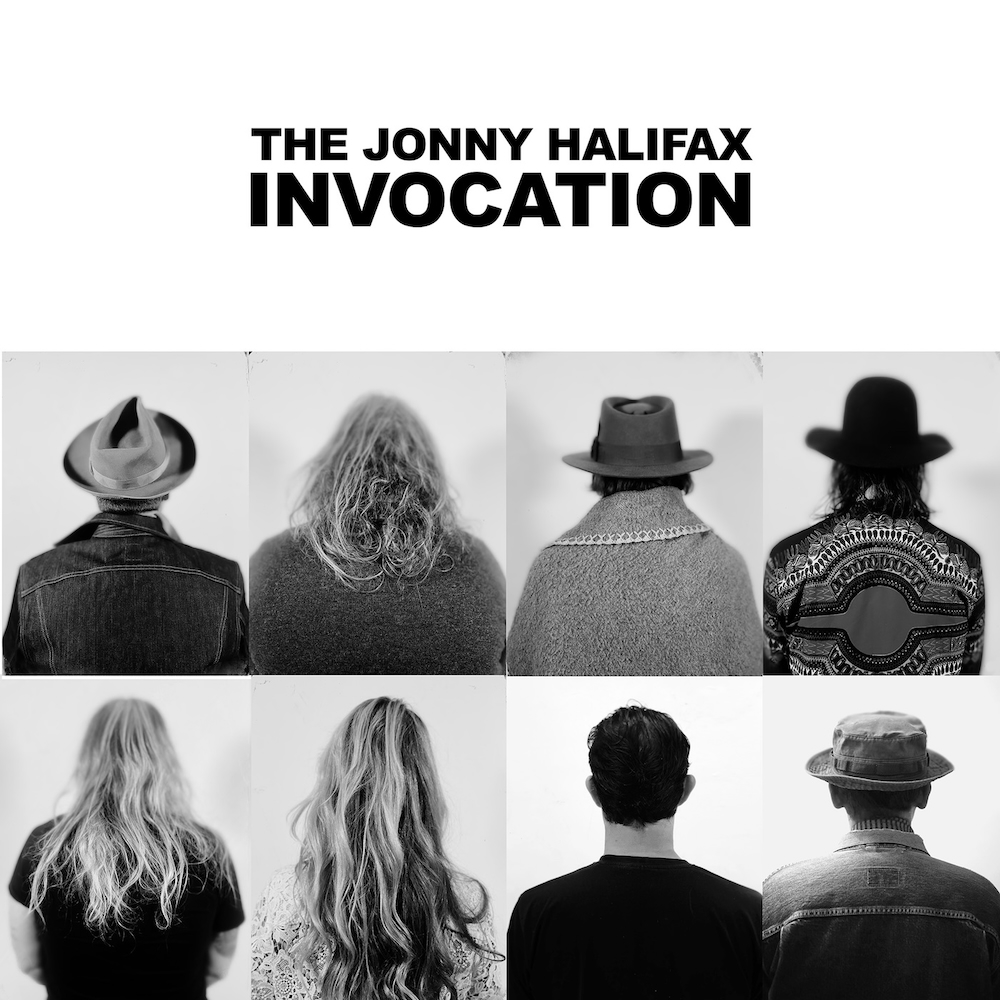The Mediterranean Files: A brief introduction to Napoli’s music history

‘Naples is the most northern of African cities’. This quote from actor and director Vittorio Gassman always makes me think about how unique this city is: halfway between Europe and Africa and close to Asia. It’s certainly one of the Mediterrenean capitals.
This quote might be construed as insensitive but Gassman means to highlight Napoli as being in the centre and not at the borders; always a mixture of new worlds and cultures — never isolated in a single space.
In a culture and a country that is strongly attached to “tradition” and has little capacity for discussion and vision towards the future – just see how angry Italians get if you get the recipe wrong or if you put pineapple on pizza? – Naples manages to be itself by absorbing and rendering the influences that seep into it from outside, inserting them into its story. Pizza anyone?
Like other harbour cities such as New Orleans or Rio de Janeiro, since its foundation Naples has soaked up the cultures that have crossed through it, creating what we term “Napolitanità” (Neapolitanism).
From the Greeks to the Romans, the Arabs to the Normans, and the Spaniards to the American soldiers in the post-war period, Naples ingested these influences and reinterpreted them in many different forms — music being one of them.
Neapolitan music has ancient roots; in the sixteenth century it was exported abroad. For many centuries until the unification of Italy, Naples was one of the largest and most important cities in Europe, at a cultural and strategic level, so of course this influenced the Italian sound. In contemporary film when Italy is mentioned, a mandolin and a honeyed song usually starts. Well yes, that too comes from there.
To give you a taste of the Neapolitan influence, here’s a brief introduction to the music of the region through a selection of my favourite songs and some of the most recognisable pieces of music over the years…
There was a moment, a few years ago, that Four Tet or Ben Ufo played a tribal piece sung with female voices. The vocals – “Uh Marò che bellu suonn uh Marò che bellu suonn” – were taken from ‘Secondo coro delle Lavandaie’ (Second Choir of the Washerwomen), which was included in the 1976 film ‘La Gatta Cenerentola’ (Cinderella Cat).
The song was composed by Roberto De Simone and the Nuova Compagnia di Canto Popolare, a band active since the mid-60s who tried to reinvigorate the songs of the ancient folk tradition.
The hypnotic groove of a tambourine – a common instrument throughout the Mediterranean, specifically in Campania, is called Tammorra – is combined with the chant of the washerwomen which echoes the sub-Saharan musical tradition of call and response.
In the mid 1970s, James Senese – a “child of war” (as the children born of relationships between American soldiers and Neapolitan girls were called – founded Napoli Centrale. Influenced by Miles Davis and the Weather Report, the band combined jazz-rock with fusion and hints of prog, layering them with commentary about social denunciation and local struggles. This sound, in turn, became the incubator for the Neapolitan funk explosion of the 80s.
Artists like Pino Daniele, Rino Zurzolo, Tony Esposito, Enzo Avitabile, Tullio De Piscopo were the most famous names in that group of musicians who went on to transform the 80s with Italian musical masterpieces and international hits.
Nero a Metà (1980) and Pino Daniele’s 1979 eponymous album are two records that I recommend to anyone who wants to understand the fusion of African American influences and the Mediterranean spirit — all seasoned with Appocundria, a Greek word and concept which is the equivalent of Brazilian saudade.
There are also a couple of tracks which have helped to form dance music and clubbing through the Ibizan filter. ‘Alta Tensione’ by Enzo Avitabile was a classic in Alfredo’s sets, as well as the anthem that goes from Amnesia to Chicago through Glasgow: ‘Stop Bajon (Primavera)’ by Tullio de Piscopo — an authentic gem played by Chemical Brothers and many other international DJs.
I have to also give a mention to Tony Esposito’s ‘Kalimba de Luna’ and Edoardo Bennato’s ‘Chi Beve Chi Beve’. Like Happy Mondays’ ‘Wrote for Luck’ under the vulcan Vesuvio; the eternal presence of warmth and the fallacy of life that has always accompanied the life of Neapolitans.
At the end of the 80s and the beginning of the 90s, after the punk / new wave and industrial experiences of ‘Diamond Dogs’ club and just as house music was arriving, Naples changed again – essentially in two directions: clubs and dancehalls.
The late great Claudio Coccoluto, one of the pioneers of Italian and world house music, decided to bring the first famous DJs from Chicago to his ‘Angels of Love’ party. Thanks to Claudio and United Tribes, Naples became the first place in Italy, and one of the first places in Europe, to host Tony Humphries, Frankie Knuckles, Dave Morales, Kevin Saunderson and all the most important names on the scene at that time.
On the other hand, some very important groups such as Almamegretta and 99 Posse were born from genres such as reggae, dub and rap. The latter collective, born inside the occupied Officine 99 squat, have always had a very political and protest matrix with a strong response in Italy. In contrast, Almamegretta came on the radar of Robert Del Naja of Massive Attack who went on to produce their second album with Adrian Sherwood, effectively helping them enter the international trip-hop circuit and create the Bristol – Naples axis.
From the mid 90s through to the new millennium, a generation of friends and Techno heads created a sound that then conquered the world: Neapolitan techno. Holed up together in the same studios, Gaetano Parisio, Marco Carola, Danilo Vigorito, Rino Cerrone and Markantonio managed to give a more funky twist to techno, thus becoming the masters of a genre. On the more urban side, Co ’Sang communicated their reality through their lyricism, using the format of American rap storytelling and adapting it to their own experiences.
Today the city always manages to recycle and renew itself. The clubbing scene has multiple parties including WOO!, which for years has continued to follow the United Tribes’ imprint, as well as unexpected selectors like Famiglia Discocristiana and Napoli Segreta who are continuing the Funk and Disco legacy of the city. Futuribile and Vesuvius Soul Records are the reference points for buying records.
In addition, there are two realities that have once again put Naples on the international music map: Nu Genea and LIBERATO. It’s likely that you’ve seen Nu Genea at Dekmantel or some other boutique festival with their DJ set and keys or their tremendous live set. Lucio Aquilina and Massimo Di Lena have kept that tradition of the mid-70s and late 80s alive, celebrating that hybrid sound of their city mixed with the Neapolitan.
Until now I have never spoken of the Neapolitan language. To understand its musicality and versatility you have to see it written, and then listen to it and compare it with Italian. When singing in Neapolitan the words are elided and merged with one another, making everything much more fluid and sonorous.
In Italian – “Pareva ajere / Era bello a sta’ in miezz’a via / Senza pensier / Jive a gioca’ a pallone ‘ncoppa ‘e quartiere” – can’t sound the same.
And here comes LIBERATO. An enigmatic character, the few times he has performed in concerts it’s with an extraordinary scenic impact — always masked, no photos, no interviews.
Those who hate him say his guise is a marketing operation or that he always makes similar songs. Those who love him appreciate the video clips created by Francesco Lettieri, that match fleeting imagery and lyrics that mix Neapolitan, English and Spanish with quotes from old traditional folk Neapolitan songs, glances of Pino Daniele and other masters and Robert 3D Del Naja catching up the Napoli – Bristol axis.
Mixing Jai Paul, Burial, Diplo and touches of late 90s house music, a la Eddie Amador, he managed to take many different influences and create something authentically Neapolitan, as is always the case in Napoli.
What more can be said about Naples? When asked about the secret of a good coffee or pizza in Naples, people reply that “it’s the water!” This water has permeated far deeper than just coffee or pizza and into the very fabric and culture of this incredible city.
Buy Bawrut and LIBERATO’s new single HERE.



















Must Reads
David Holmes – Humanity As An Act Of Resistance in three chapters
As a nation, the Irish have always had a profound relationship with the people of Palestine
Rotterdam – A City which Bounces Back
The Dutch city is in a state of constant revival
Going Remote.
Home swapping as a lifestyle choice
Trending track
Vels d’Èter
Glass Isle
Shop NowDreaming
Timothy Clerkin
Shop Now